Do you have a question about the Dodge Dakota 2006 and is the answer not in the manual?
Important safety warnings against hazardous procedures.
Information on manual and power door locking systems.
Operation of the key fob for locking, unlocking, and panic alarm.
Guidelines for using child restraint systems.
Description and operation of lap/shoulder seat belts.
Devices that remove slack from seat belts in a collision.
Details on airbags as a supplement to seat belt restraint systems.
Overview of the UConnect™ voice-activated communication system.
Information on seat adjustments and features.
Device that controls accelerator operation at set speeds.
Using the HomeLink Universal Transceiver.
Identification and function of gauges and indicators.
Setting interior comfort conditions using rotary knobs.
Referencing the UConnect™ system section.
Monitors emissions and engine control systems.
Indicates parking brake or low brake fluid.
Operation of the air conditioning and heating system.
Steps for starting the engine manually and automatically.
Information on operating the automatic transmission.
Precautions to prevent carbon monoxide poisoning.
Operating the transfer case in different modes.
Safety tips and limits for towing trailers.
How the 4-wheel ABS system aids driver control.
Information on tire placard and loading capacity.
Procedure for changing a flat tire, including tool locations.
Procedure for jump-starting a vehicle's battery.
Guidelines for towing disabled vehicles.
How the OBD II system monitors vehicle performance and emissions.
Checking engine oil level and procedures.
Information on power disc brakes and master cylinders.
Coolant checks and maintenance procedures.
Maintenance schedule for severe operating conditions.
Maintenance schedule for normal operating conditions.
Contacting the manufacturer for further assistance.
How to report vehicle safety defects to NHTSA and the manufacturer.
Important safety warnings against hazardous procedures.
Information on manual and power door locking systems.
Operation of the key fob for locking, unlocking, and panic alarm.
Guidelines for using child restraint systems.
Description and operation of lap/shoulder seat belts.
Devices that remove slack from seat belts in a collision.
Details on airbags as a supplement to seat belt restraint systems.
Overview of the UConnect™ voice-activated communication system.
Information on seat adjustments and features.
Device that controls accelerator operation at set speeds.
Using the HomeLink Universal Transceiver.
Identification and function of gauges and indicators.
Setting interior comfort conditions using rotary knobs.
Referencing the UConnect™ system section.
Monitors emissions and engine control systems.
Indicates parking brake or low brake fluid.
Operation of the air conditioning and heating system.
Steps for starting the engine manually and automatically.
Information on operating the automatic transmission.
Precautions to prevent carbon monoxide poisoning.
Operating the transfer case in different modes.
Safety tips and limits for towing trailers.
How the 4-wheel ABS system aids driver control.
Information on tire placard and loading capacity.
Procedure for changing a flat tire, including tool locations.
Procedure for jump-starting a vehicle's battery.
Guidelines for towing disabled vehicles.
How the OBD II system monitors vehicle performance and emissions.
Checking engine oil level and procedures.
Information on power disc brakes and master cylinders.
Coolant checks and maintenance procedures.
Maintenance schedule for severe operating conditions.
Maintenance schedule for normal operating conditions.
Contacting the manufacturer for further assistance.
How to report vehicle safety defects to NHTSA and the manufacturer.
| Brand | Dodge |
|---|---|
| Model | Dakota 2006 |
| Category | Automobile |
| Language | English |
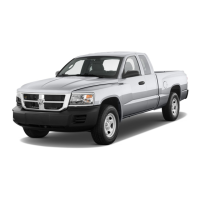
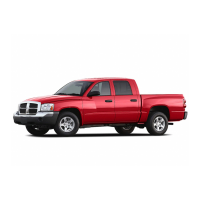
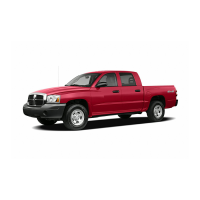
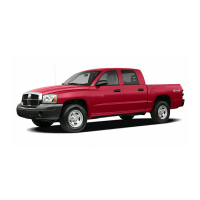
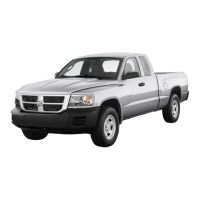
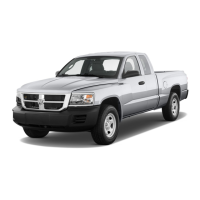


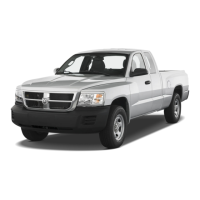
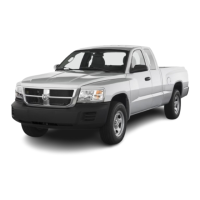
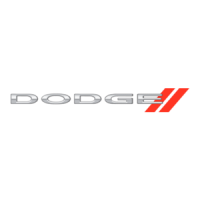
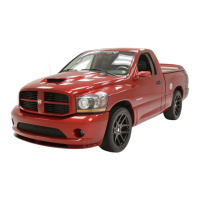
